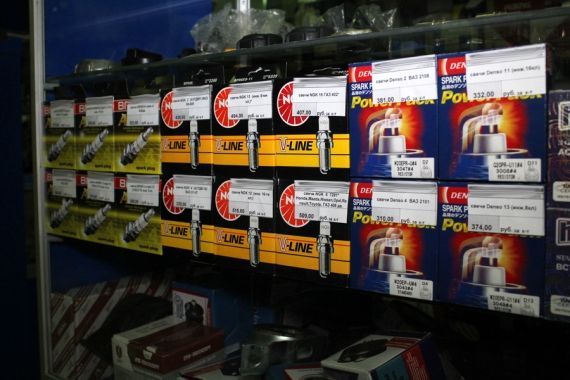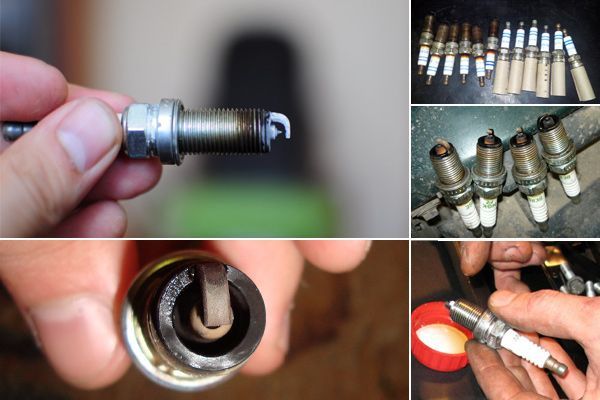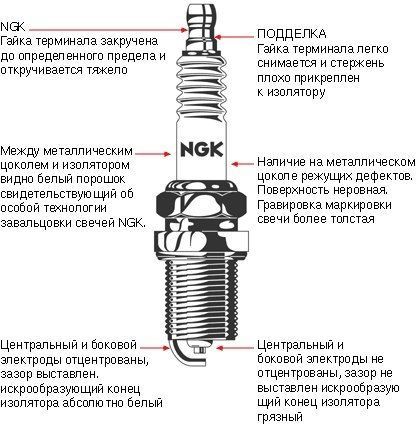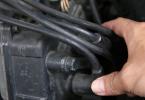The question often arises - after how long and how often do you need to change spark plugs? In general, among car owners and auto repairmen, there are different opinions about the timing of replacing a spark plug. And as you understand, there is no definite answer, everything is strictly individual.
Some spark plugs last for 10,000 km, others bring this figure to 100,000; you must agree, the range is great. But nonetheless, you need to try to understand the topic and understand what determines the service life of this engine component.
After how long and how often you need to change spark plugs depends, first of all, on the spark plugs themselves, their quality, and manufacturer. In the auto parts market, spark plugs are divided into regular and .
Due to their design features, spark plugs are located inside the engine and it is impossible to understand how bad the wear of an individual spark plug is without removing it. This imposes some difficulties, but nevertheless, there is an option to guide the service life of the spark plug - listen to the opinion of the car manufacturer, and You can find out more details in the car manual.

When should you change spark plugs?
Scheduled vehicle maintenance is usually carried out at 10,000-15,000 km, so it is recommended to change them every time you pass this mark. Since automakers assume that the car owner will use only original spark plugs in his car (these most often include the platinum or iridium type), then for regular spark plugs this figure should be reduced.
Alternatively, after a long run, for example, 15,000 km. It is recommended to unscrew the spark plugs and check them for wear. But again, everything is individual and depends on many factors.
To one of the reasons The reason why spark plugs quickly fail can be attributed to the use of a low-quality fuel mixture. Yes, it’s no secret that gas stations (especially those of unknown origin) operate in difficult competitive conditions and they physically cannot be competitive. This forces the use of multiple additives, resins, etc. which reduce the cost of obtaining fuel. And this negatively affects the performance of engines.
As you understand, there is only one piece of advice - refuel at stations that are represented by reputable fuel suppliers and always keep your receipt.

How to assess the condition of a spark plug?
The first thing that catches your eye when the spark plugs are worn out is that the engine starts to stall. Extraneous, uncharacteristic vibrations and noises appear, and the speed is unstable. Before turning to specialists and spending your hard-earned money on it, you can try to visually assess the condition of the candles yourself.
Next you need determine the electrode gap, its size and soot level. To understand the size of the gap, you can read the instructions for the specific brand of spark plugs, there you will find the permissible values and values indicating that the spark plugs need to be replaced. A larger gap than necessary means the spark plug has traveled a sufficient number of km. mileage and requires replacement.
Regarding carbon deposits, ideally there should not be any, if it is present, then fuel combustion does not occur as it should. Also pay attention to the condition of the ceramic insulators. They must be intact, without any defects or cracks.
If you observe damage, then this is an excellent reason to replace the spark plug, or better yet the entire set, this will give stability to the engine. After how long and how often do you need to change spark plugs? depends on their type. Iridium and platinum ones can easily “go” up to 80,000 thousand mileage, without much damage; for ordinary ones, this figure varies between 10-20 thousand km.




